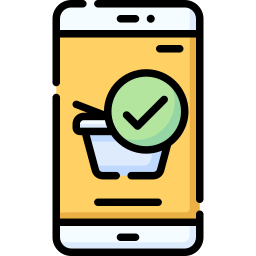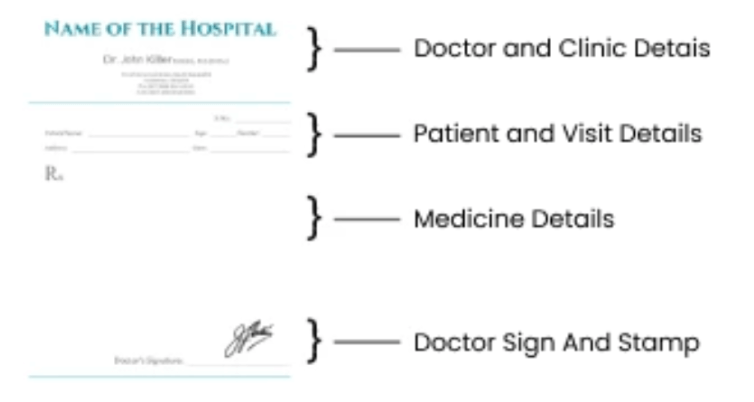Bringing a new puppy home is exciting, but let’s be honest – it’s also a little overwhelming. From teaching them basic commands to managing those adorable-but-not-so-adorable behaviours (hello, chewing!), there’s a lot to figure out. Don’t worry – we’ve got your back. Here are some essential puppy training tips to help you get started.
-
Teach the Basics Right Away
Start training your puppy as soon as they arrive home. Puppies are quick learners, so introducing basic commands like "sit," "wait," and "come" early on will set the tone for effective training. For example, ask your puppy to "sit" before feeding them and reward them for following through. This builds patience and sets the tone for effective puppy obedience training from day one. Teaching eye contact is another essential skill—use a treat to guide their gaze to you, marking the behaviour with “yes” and a reward. These foundational commands help build trust and focus while promoting positive behaviour.
-
Crate training for calm and comfort
Crate training is essential for creating a safe and comforting space for your puppy. Start by choosing a crate that’s just big enough for them to stand, turn, and lie down comfortably. Place it in a common area to avoid feelings of isolation, and introduce it gradually by leaving the door open with treats or interactive toys like this Fofos puppy toy inside. Feed meals in the crate to build positive associations and use a snuggle puppy or crate cover for added comfort if needed.
You can try sleep near the crate initially, letting them come and go, and use it to regulate naps when they’re overtired. Avoid over-crating—puppies should only be crated for a few hours based on their age in months. A properly introduced crate helps with routine, comfort, and potty training success.
-
Puppy potty training basics
Potty training is all about routine and supervision. Keep a daily schedule that includes regular potty breaks – about 10–15 minutes after meals, after naps, play sessions, and before and after crating.
Learn your puppy’s early potty signals, like trying to leave the room or acting distracted. If you catch them mid-accident, gently interrupt and take them outside. Once they’re finished, reward them immediately with a treat and praise.
You can also teach a potty phrase, like “hurry up,” to help them understand what’s expected. And remember – never punish accidents. Instead, use a good odour eliminator and focus on improving supervision.
-
Keep it short and sweet
Puppies have short attention spans. Instead of one long session, break training into short bursts – 5 to 10 minutes at a time. Sprinkle these throughout the day, and you’ll see faster progress. Think of it like mini workouts – consistent but manageable. This approach is great for first-time puppy owners who want to avoid overwhelming their pups.
-
Reward the good stuff
It’s easy to focus on what your pup is doing wrong, but don’t forget to praise what they’re doing right. Positive reinforcement is one of the most effective puppy training methods.
Did they settle quietly on their own? Chew their toy instead of your shoes? Reward that behaviour with treats, praise, or a quick cuddle. Encouraging good behaviours makes them more likely to repeat.
-
Teach essential commands early
Start with the basics: eye contact, “sit,” and “wait.” For eye contact, hold a treat in your hand and close your fist. Let your puppy sniff and paw at it, but as soon as they look up at you, say “yes” and reward. This builds focus and trust.
Move on to commands like “leave it,” “drop it,” and “come.” For “leave it,” place a treat under your shoe, and when your puppy stops pawing at it and looks at you, reward them with a different treat. Use toys to teach “drop it” – wave a second toy to encourage them to let go of the first one, and mark the behaviour with “yes” when they switch.
Other helpful commands include “down,” “place,” and “gentle” (for taking treats calmly). Consistent practice will lay a strong foundation for your puppy’s behaviour.
-
Change up training environments
Dogs don’t naturally generalise – just because your puppy nails “sit” in the kitchen doesn’t mean they’ll do it in the park. Mix up the training locations and times of day to help them understand that the rules apply everywhere.
-
Socialise, but keep it calm
Socialising your puppy is critical, but it’s all about balance. When introducing your pup to new people or dogs, encourage calm behaviour. Reward them for sitting politely instead of jumping. Take them to different places – parks, busy streets, even cafés – so they get used to the world around them.
-
Be patient and consistent
Training a puppy takes time. Celebrate the small wins and don’t stress over setbacks – they’re all part of the process. Stick to clear, consistent commands and remember that every puppy learns at their own pace.
-
Gentle correction for unwanted behaviour
Puppies don’t always know what’s acceptable – and scolding can confuse them. If your pup nips or jumps, try this:
-
Remove attention: Stop talking, touching, or looking at them. Once they calm down, reward them for a more polite behaviour, like sitting.
-
Redirect: If they’re chewing something they shouldn’t (like electrical cords), swap it for a puppy-safe chew toy. Puppies are like toddlers – sometimes they just need a nudge in the right direction.
Bonus tips for happy training sessions
-
Use high-value treats like chicken or cheese to keep your puppy motivated.
-
Keep a stash of toys with different textures to redirect chewing.
-
Start handling your puppy early – gently touch their ears, paws, and tail to get them used to grooming.
-
Remember: puppies need naps, too! Overly tired pups can be cranky and harder to train.
Training a puppy may feel overwhelming at first, but with patience, consistency, and a lot of positive reinforcement, you’ll soon see progress. Each small success builds a foundation for a well-behaved and happy companion. Enjoy the journey – you’re not just training a pet; you’re building a lifelong bond.






